The history of urban development in Baltimore, Maryland, is a complex and multifaceted story that spans several centuries. Baltimore is one of the oldest cities in the United States and has played a significant role in the country’s history, particularly in the areas of trade, industry, and transportation. Here is a brief overview of Baltimore’s urban development:
- Early Settlement and Growth:
- Baltimore was founded in 1729 and was originally a small port town.
- The city’s proximity to the Chesapeake Bay made it an important center for trade and commerce, and it grew steadily during the 18th century.
- In 1796, Baltimore was officially incorporated as a city.
- The War of 1812:
- During the War of 1812, Baltimore was a focal point of conflict. The successful defense of Fort McHenry in the harbor inspired Francis Scott Key to write “The Star-Spangled Banner,” which later became the national anthem.
- Industrialization and Transportation:
- In the 19th century, Baltimore became a major industrial and transportation hub. It was a center for shipbuilding, steel production, and manufacturing.
- The construction of the Baltimore and Ohio Railroad (B&O) in 1830 was a pivotal moment, as it was one of the first major railroads in the United States and played a crucial role in the city’s growth.
- The Inner Harbor:
- In the mid-20th century, Baltimore’s industrial decline led to efforts to revitalize the city. The Inner Harbor, a historic seaport, was redeveloped into a cultural and entertainment district in the late 20th century.
- This transformation included the construction of the National Aquarium, the Maryland Science Center, and the Harborplace shopping complex.
- Urban Renewal and Challenges:
- Like many American cities, Baltimore faced challenges related to suburbanization and deindustrialization in the mid-20th century. Urban renewal projects were undertaken in various neighborhoods.
- However, these efforts often faced criticism for displacing communities and causing social disruption.
- Racial Tensions and Civil Rights:
- Baltimore, like other cities, struggled with racial tensions and civil rights issues in the 20th century. The city was the site of significant civil rights protests and riots in the 1960s, including the 1968 Baltimore riot following the assassination of Dr. Martin Luther King Jr.
- Modern Developments:
- In recent years, Baltimore has made efforts to promote economic development and improve the city’s image.
- Projects like Harbor East, the redevelopment of historic neighborhoods, and investments in education and healthcare have aimed to enhance the city’s economic and cultural vitality.
- Challenges and Opportunities:
- Baltimore still faces challenges such as crime, poverty, and a need for comprehensive urban planning.
- There are also ongoing efforts to create a more sustainable and equitable city, including investments in affordable housing and transportation.
The history of urban development in Baltimore reflects the broader patterns seen in many American cities, with periods of industrial growth, decline, renewal, and social change. It is a city with a rich history, cultural diversity, and a complex urban landscape that continues to evolve.

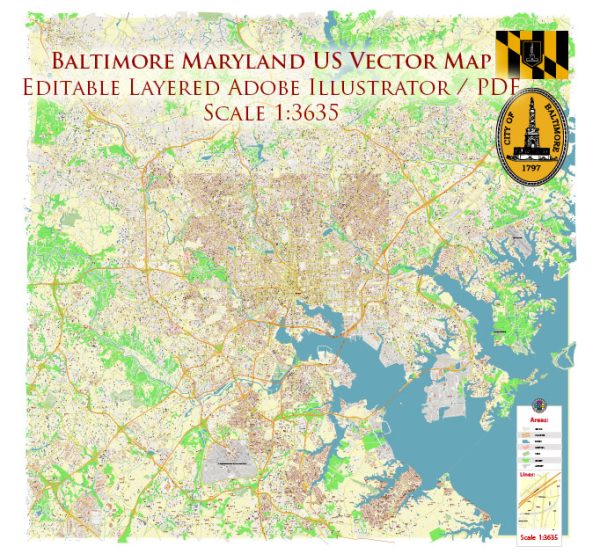
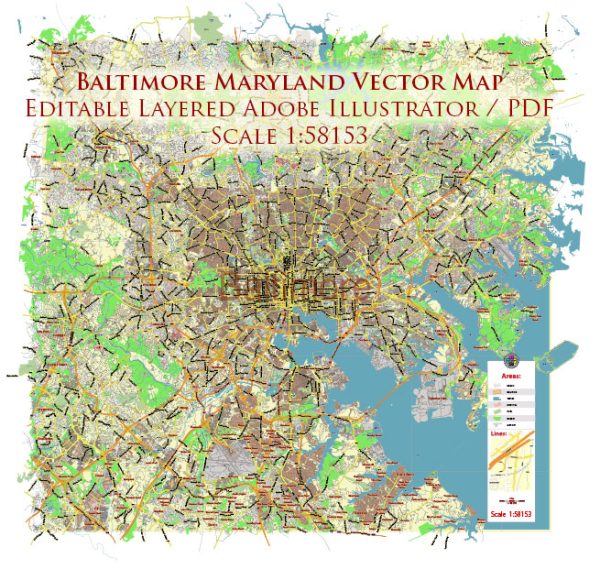
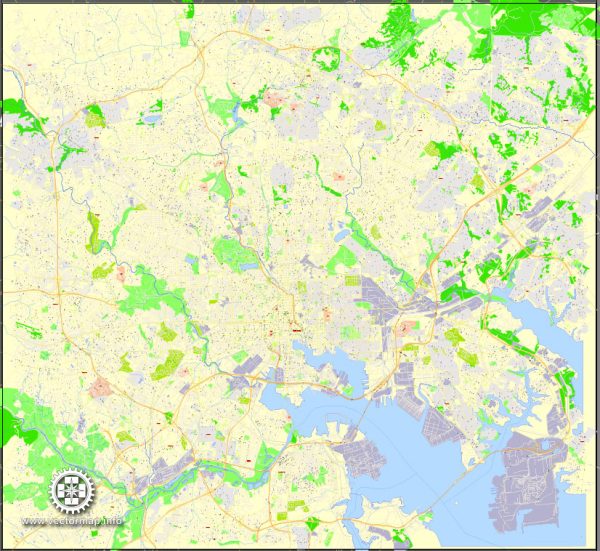
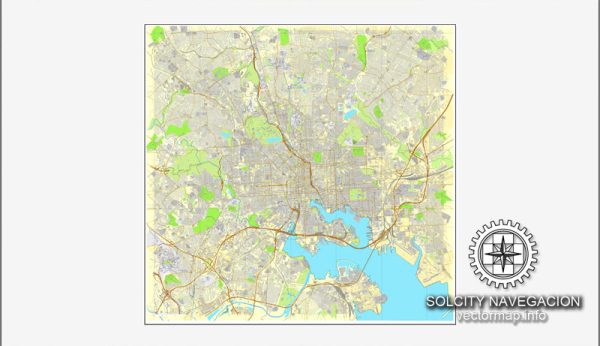
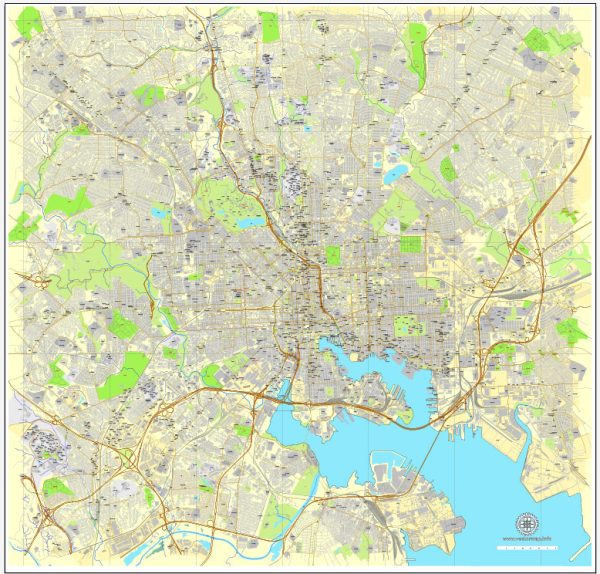
 Author: Kirill Shrayber, Ph.D.
Author: Kirill Shrayber, Ph.D.